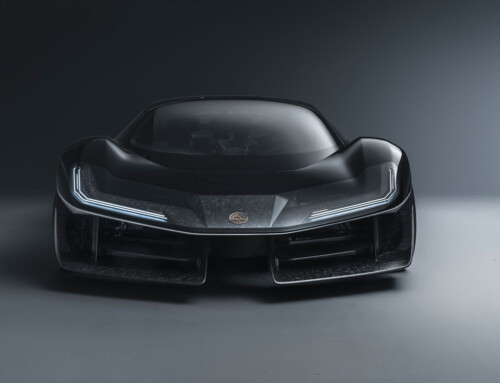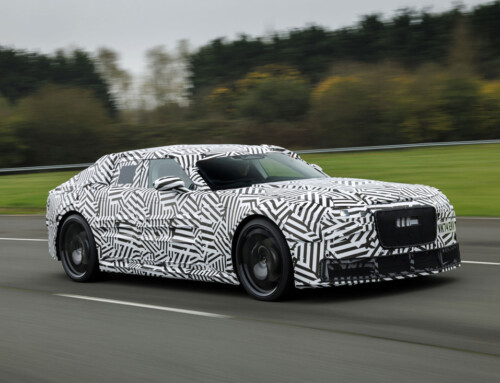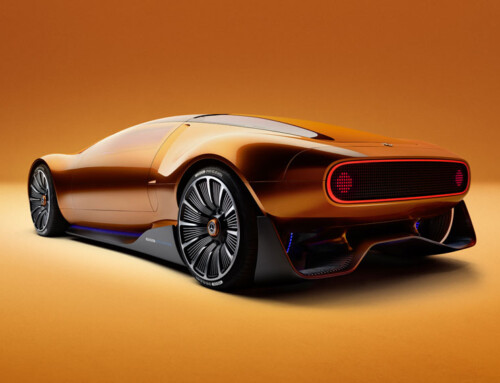For the automobile, provocation, if concrete and constructive, has an evolutionary effect. And it is in this light that the Intruder running prototype developed by Heuliez Torino should be seen and considered. A proposal that does not intend to dispute anything of established worth, but to fashion the intelligent encounter of two traditionally distant formulas: the two-seat sportster and the off-roader.

Note that Heuliez Torino operates as the style centre for the Heuliez group. The structure is a deliberately compact one (25 staff, with perhaps around thirty in the future, but no more), taking its cue from the unique style culture that, almost palpably, infuses the Turin area. Obviously, it has to insert into a large group structure, with all the resulting advantages at the synergy level; at the same time it is wholly autonomous, with its own customers and, when necessary, special initiatives.
The Intruder is, of course, one of these. The project commenced in 1995 and as a development base the Mercedes-Benz GE 300 was chosen, offering a 210 bhp 6-cylinder 3.0-litre engine mated to automatic transmission. “An exceptional vehicle,” says Deschamps, “that goes way beyond the standard for this typology as it was designed for military use.” All the wiring, for example, is double – a solution that highlights how the ‘Intruder’ name (of aeronautic origins) is well suited.
“In defining the prototype,” explains Deschamps, “we thought of America, California and the Far East. And it was the right choice, considering the response we got from the ‘first look’ at the Paris show.”
Effectively the Intruder’s ‘presence’ is one of ample dimensions: 4.34 metres long, 1.90 wide, 31 centimetres ground clearance, and only two seats. While the GE was being relieved of its original bodywork, a series of styling sketches was made that allowed for the passage to a small form plan.
In February 1996, a 1:4 scale plaster model was built from which the full-size model derived: one side was ready by April and the other was completed in May. Work on the bodyshell started in July.
The whole lot with the computers switched off, working manually. “To tell the truth,” says Deschamps, “we even worked directly on the ‘stripped’ GE in order to do the interior.” Hence the flavour of age-old tradition – which found its cradle in the Piedmontese capital – such as bodywork realised in sheet metal (with the exception of the bonnet and the carbonfibre bumpers).
The floorpan and the mechanicals underwent no modification. The only interventions concerned the lowering of the radiator, a special suspension setup given the different weight (we are talking 2 tonnes) and larger-size wheels. And, better to highlight its mechanical prowess, the sills were painted blue in net contrast with the pearly white of the bodywork.
If the exterior turns heads, the cabin is no less impressive. The primary impact comes from the generous use of the colour blue, in combination with ‘natural’ metal and walnut inserts. Then there are the materials: metallic tanned leather and neoprene for a minimalist, almost aeronautic, look underlined by the exposed fixtures. The roof can be removed and a luggage compartmant of vast capacity is situated behind the occupants.
Deschamps also points out, “When you’re working with an eye to the budget, certain fine points tend to get overlooked. Certainly, if the Intruder was destined for production some modifications would be needed: for example, you would have to fair in the undershell, insert pneumatic suspension, revise some of the aesthetic details.”
L’articolo continua su Auto & Design n. 101











